Toyota’s Multi-Pathway Strategy Takes Center Stage At Japan Mobility Show
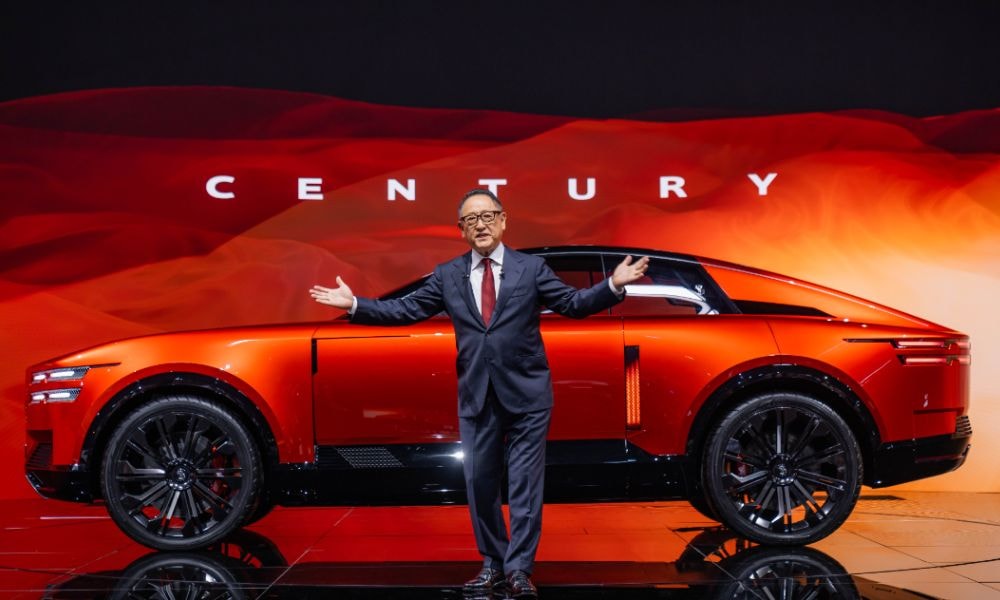
- New-gen hybrid engines to be launched in the future
- EV batteries with longer life and range on the anvil
- Hydrogen and fuel cell vehicles also remain a focus area
The messaging from Toyota is clear: the world’s largest automobile group is embracing all automotive technologies—without abandoning any. This stance was reiterated multiple times at the recently concluded Japan Mobility Show, where top management emphasised that the brand intends to offer every kind of powertrain customers may want. Toyota has now been the world’s highest-selling automaker for five consecutive years, surpassing the 10-million-units mark in 2024.
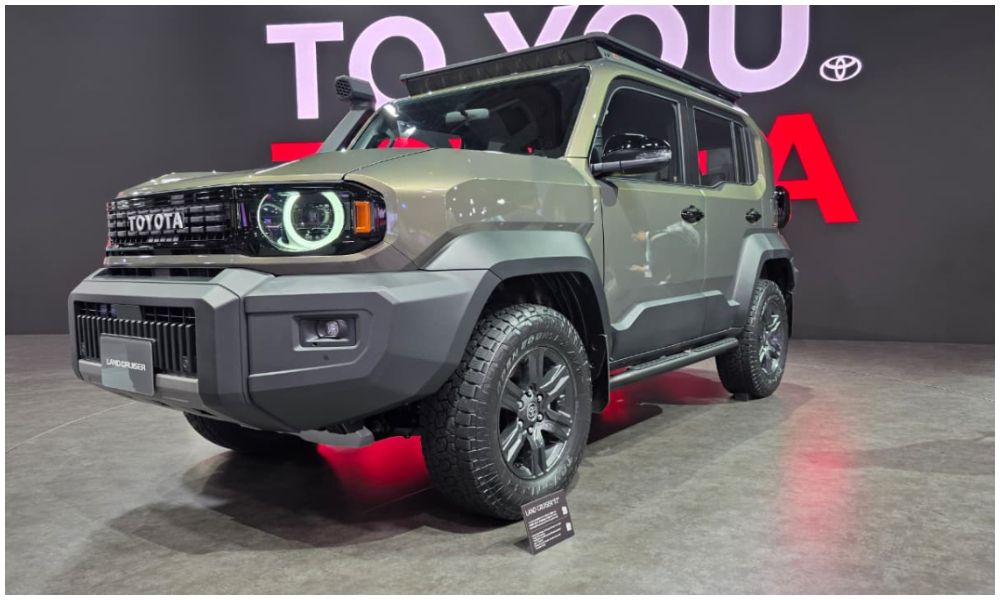
The Japan Mobility Show was a major stage for Toyota, with several group companies showcasing a wide range of vehicles at the biennial event. Toyota itself led the charge with diverse mobility solutions, but the undeniable star was the Land Cruiser FJ, the smallest member of the Land Cruiser family. It drew significant attention and is also expected to make its way to India in the future. The new Corolla concept was another highlight, previewing a bold design shift for the brand’s global bestseller.
Also Read: Don’t Need To Protect Image And Constraints: Lexus President Takashi Watanabe
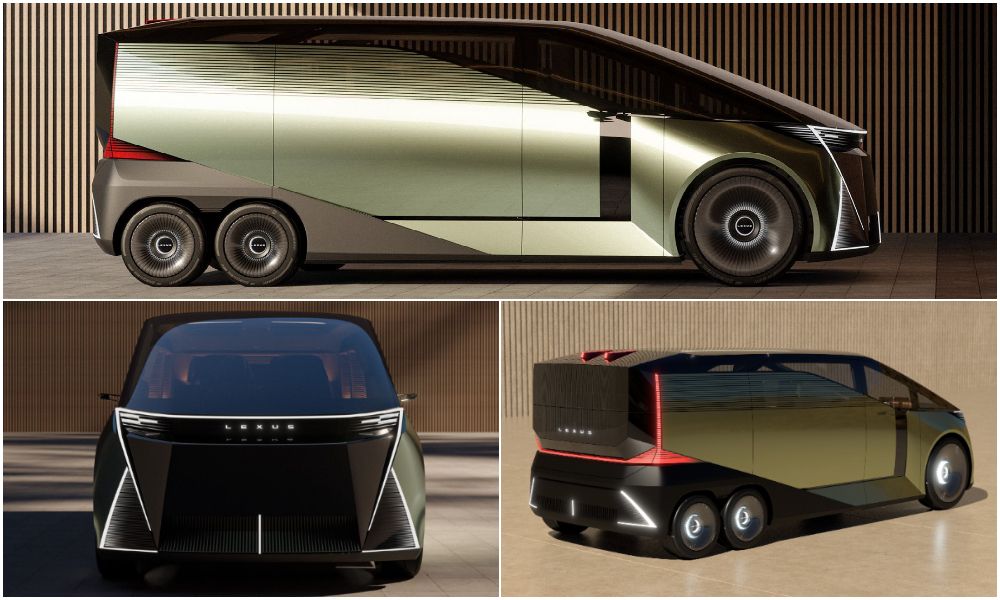
In a significant strategic move, Century has now overtaken Lexus as Toyota’s flagship brand. Century displayed a futuristic coupe concept aimed at competing with ultra-luxury marques such as Rolls-Royce and Bentley. Lexus, meanwhile, showcased several striking concepts of its own, including a unique six-wheel MPV called the LS. Notably, Lexus announced that the “LS” name will no longer refer only to its flagship sedan but will extend across a series of models with various body styles.

Beyond the products, the trip to Tokyo offered valuable insights into Toyota’s ongoing efforts in new technologies, drivetrains, and fuels. Toyota’s multi-pathway approach is grounded in the belief that no two global markets are alike. Each region faces unique challenges, and therefore Toyota plans to offer a full suite of technologies— ICE, electric, hybrid, hydrogen, and fuel-cell vehicles—depending on local needs. The group also remains committed to exploring alternative materials for clean-energy production.

Toyota’s Chief Technology Officer, Hiroki Nakajima, explained, “Toyota is committed to all powertrains depending on markets. In some regions, it makes more sense to use hybrids. If we just focus on CO₂, it will be difficult. We have to look at what is the most optimised car for carbon-footprint reduction. Convenience for customers is also important.” Toyota is also working to decarbonise existing vehicles, of which 97% still rely on internal-combustion engines.
Also Read: Japan Mobility Show 2025: Toyota’s One Of Its Kind Line-up On Home Turf
Nakajima further noted, “We cannot predict what the world will be like, so we need to be prepared. No one talked about hybrids before, but now it is one of the most popular technologies. We need to ensure we make attractive vehicles so we can generate revenue and continue developing a multi-pathway approach.” A recent example is the newly unveiled Hilux Electric, a zero-emission SUV that promises the same capability as its conventional counterpart.

Toyota’s 1.5-litre petrol-hybrid drivetrain, already popular in India through models like the Maruti Suzuki Grand Vitara and Toyota Urban Cruiser Hyryder, is set for a next-generation upgrade in 2027. This future-ready powertrain is being positioned as an optimal engine for electrification, supporting fuel diversification while offering increased power and improved efficiency. Such advancements could significantly accelerate the adoption of strong-hybrid technology in markets like India.
Also Read: All-New Toyota Hilux Unveiled; Gets EV Powertrain For First Time; FCEV Also Confirmed
Akihito Sarada, President of Toyota’s Software Development Centre, reiterated India’s importance in the company’s global strategy: “India is an important market for Toyota, and we want to develop the best cars for Indian people. We will use local engineers and continue to bring peace of mind to Indian customers.” On the subject of ethanol—a major area of focus for India—he added that Toyota is exploring the usage of non-food materials to produce the biofuel, enabling broader global adoption.

Takashi Uehara, President of Toyota’s Powertrain Company, stated, “We have two engines for ethanol compliance. It’s a good fuel for the future. Most engines can handle E20 fuel. In India, we are working on biofuel with the government and stakeholders.” The brand has already taken the lead by showcasing the flex-fuel Innova Hycross, capable of running on up to 85% ethanol. The hybrid MPV relies heavily on its electric system and can deliver up to 35 kmpl.

Another crucial frontier is Toyota’s extensive work on solid-state batteries. The group is developing batteries with side terminals instead of traditional top-mounted terminals, resulting in lighter, lower-profile units with significantly higher energy density. Their future potential includes delivering three times the driving range and four times the lifespan of current EV batteries—a breakthrough that could vastly improve EV affordability, performance, and operating costs.

Hydrogen and fuel-cell technologies also continue to be key pillars of Toyota’s strategy. The company is actively making a case for building a hydrogen ecosystem, with particular focus on commercial vehicles. In India, Toyota previously introduced the Mirai, which runs on this technology for pilot use. The vehicle was used extensively by Union Minister of Road, Transport and Highways Nitin Gadkari. According to Toyota, this technology lowers fuel costs and requires minimal maintenance.
Overall, Toyota is undertaking significant efforts in carbon-neutral and next-generation fuel solutions. Its software-defined-vehicle technologies are also contributing to safer mobility, helping reduce road accidents. Improvements in safety infrastructure are also part of the company’s broader vision. As the world’s largest automotive group, Toyota is living up to its reputation—innovating across all fronts and ensuring no one is left behind.
Trending News
 4 mins readBest Driver’s Cars In India Under Rs 50 Lakh
4 mins readBest Driver’s Cars In India Under Rs 50 Lakh 3 mins readTop 5 Sports Bikes Under Rs. 2 Lakh
3 mins readTop 5 Sports Bikes Under Rs. 2 Lakh
Latest News
 car&bike Team | Nov 22, 2025Royal Enfield Bullet 650: In PicturesThe Bullet 650 made its debut in India at Motoverse 2025.2 mins read
car&bike Team | Nov 22, 2025Royal Enfield Bullet 650: In PicturesThe Bullet 650 made its debut in India at Motoverse 2025.2 mins read Jafar Rizvi | Nov 22, 2025Yamaha XSR155 Cafe Racer, Scrambler Kit Prices RevealedThe Cafe Racer kit entails three additional accessories, while the Scrambler gets five add-ons.2 mins read
Jafar Rizvi | Nov 22, 2025Yamaha XSR155 Cafe Racer, Scrambler Kit Prices RevealedThe Cafe Racer kit entails three additional accessories, while the Scrambler gets five add-ons.2 mins read Jafar Rizvi | Nov 22, 2025Royal Enfield Meteor 350 Sundowner Orange Launched: Gets Tubeless Spoke WheelsThe Sundowner Orange is a limited edition of the Meteor 350 and is priced at Rs 2.19 lakh (ex-showroom).1 min read
Jafar Rizvi | Nov 22, 2025Royal Enfield Meteor 350 Sundowner Orange Launched: Gets Tubeless Spoke WheelsThe Sundowner Orange is a limited edition of the Meteor 350 and is priced at Rs 2.19 lakh (ex-showroom).1 min read Jafar Rizvi | Nov 21, 2025Motoverse 2025: Royal Enfield Bullet 650, Flying Flea S6 Make India DebutPrices for the Bullet 650 are expected to be announced in the coming months.3 mins read
Jafar Rizvi | Nov 21, 2025Motoverse 2025: Royal Enfield Bullet 650, Flying Flea S6 Make India DebutPrices for the Bullet 650 are expected to be announced in the coming months.3 mins read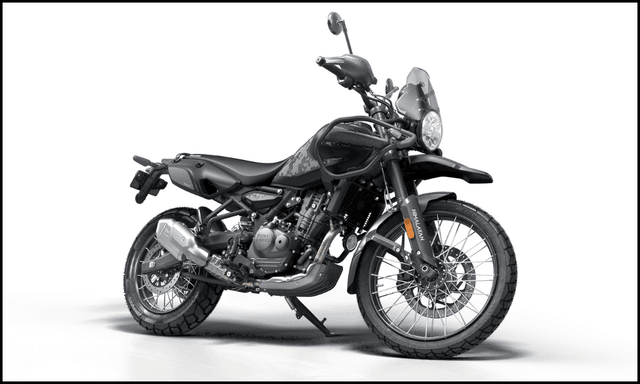 car&bike Team | Nov 21, 2025Royal Enfield Himalayan 450 Mana Black Launched At Rs 3.37 LakhThe Mana Black trim costs Rs 17,000 more than the Hanle Black and mainly adds a new colour scheme, along with a set of extra accessories.1 min read
car&bike Team | Nov 21, 2025Royal Enfield Himalayan 450 Mana Black Launched At Rs 3.37 LakhThe Mana Black trim costs Rs 17,000 more than the Hanle Black and mainly adds a new colour scheme, along with a set of extra accessories.1 min read car&bike Team | Nov 21, 2025Skoda Auto Volkswagen India Crosses 2 Million Unit Production MilestoneThe Indian arm of the VW Group commenced local manufacturing of cars back in 2001.1 min read
car&bike Team | Nov 21, 2025Skoda Auto Volkswagen India Crosses 2 Million Unit Production MilestoneThe Indian arm of the VW Group commenced local manufacturing of cars back in 2001.1 min read
 Janak Sorap | Nov 19, 2025Hero Xpulse 210 Vs Kawasaki KLX 230 Comparison Review: Dual-Sport DilemmaWith a price difference of just Rs 12,000, which of the two dual-sport motorcycles is meant for you?1 min read
Janak Sorap | Nov 19, 2025Hero Xpulse 210 Vs Kawasaki KLX 230 Comparison Review: Dual-Sport DilemmaWith a price difference of just Rs 12,000, which of the two dual-sport motorcycles is meant for you?1 min read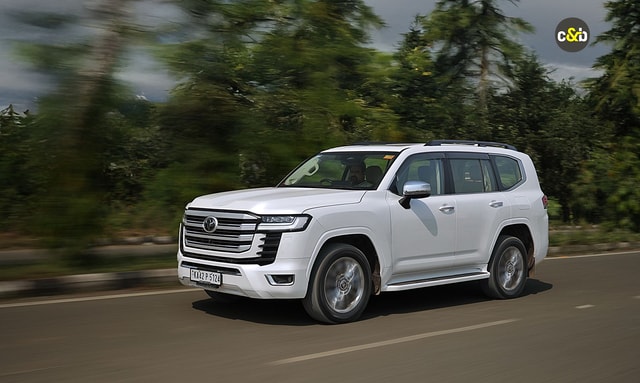 Jaiveer Mehra | Nov 17, 20252025 Toyota Land Cruiser 300 Review: Beast From The EastThe Land Cruiser name may have a long and storied history, but does it fit the bill for an Rs 2 crore-plus SUV in India?13 mins read
Jaiveer Mehra | Nov 17, 20252025 Toyota Land Cruiser 300 Review: Beast From The EastThe Land Cruiser name may have a long and storied history, but does it fit the bill for an Rs 2 crore-plus SUV in India?13 mins read Seshan Vijayraghvan | Nov 17, 2025Kia Syros 1.0 Turbo Petrol: 6000 km Long-Term Review – Final Report!I lived with the Syros for more than 6000 km, over 3 months, and in this final report, I am going to talk about the Pros, the Cons, and everything in between.1 min read
Seshan Vijayraghvan | Nov 17, 2025Kia Syros 1.0 Turbo Petrol: 6000 km Long-Term Review – Final Report!I lived with the Syros for more than 6000 km, over 3 months, and in this final report, I am going to talk about the Pros, the Cons, and everything in between.1 min read car&bike Team | Nov 13, 2025Numeros n-First First Ride Review: Motorbike-Inspired EV ScooterWe test rode the n-First i-max+ in busy Bengaluru roads recently. It’s ability to tackle city roads well and comfortable seats make it a scooter worth a check. Read on to know if it makes sense for you to consider buying it.3 mins read
car&bike Team | Nov 13, 2025Numeros n-First First Ride Review: Motorbike-Inspired EV ScooterWe test rode the n-First i-max+ in busy Bengaluru roads recently. It’s ability to tackle city roads well and comfortable seats make it a scooter worth a check. Read on to know if it makes sense for you to consider buying it.3 mins read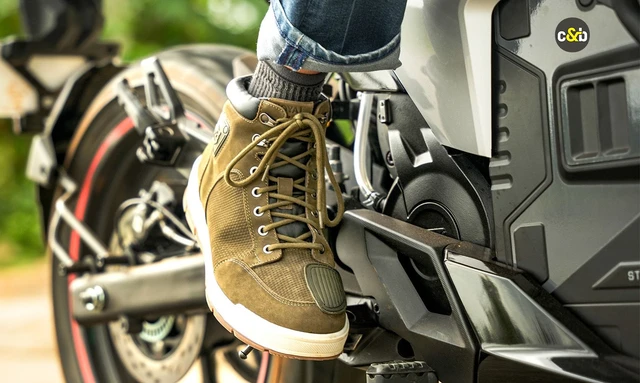 Preetam Bora | Nov 12, 2025Royal Enfield Nomad WP Mid Ankle Riding Boots ReviewThe Royal Enfield Nomad Waterproof mid-ankle boots have robust construction, good fit and a waterproof liner as well. But are they worth Rs. 7,500 or should you give them a pass?4 mins read
Preetam Bora | Nov 12, 2025Royal Enfield Nomad WP Mid Ankle Riding Boots ReviewThe Royal Enfield Nomad Waterproof mid-ankle boots have robust construction, good fit and a waterproof liner as well. But are they worth Rs. 7,500 or should you give them a pass?4 mins read






























































































































